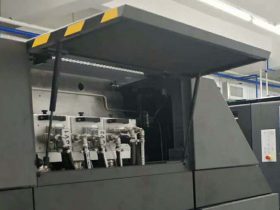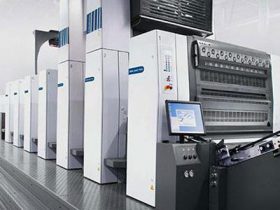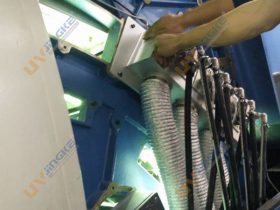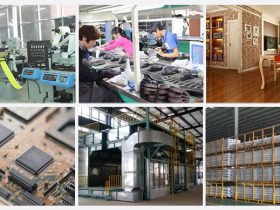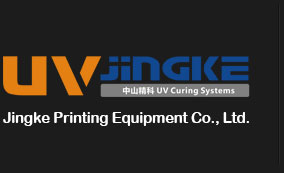There are many basic facts about UV curing systems that most people don't know about. These facts are essential, especially if you are looking to use these systems for one purpose or another, such as for printing. Read on to learn more about UV curing system Basic knowledge :
1. UV Curing
UV curing is otherwise referred to as ultraviolet curing. It refers to the photo-chemical process in which high intensity UV light is used for purposes of instantly curing (drying) adhesives, coatings, and inks.
It offers many unique advantages over traditional drying and curing methods – including but not limited to:
- Increase in production speeds
- Reduction in the rates of rejected jobs
- Improvement in solvent and scratch resistance
- Facilitation of superior bonding
2. Using UV Curing
Introduced in the 60s, UV curing systems are now widely available in the market. They are typically used in such industries as plastic and glass decorating, converting metal, graphic arts, electronics, telecommunications, and automotive. As a multi-billion dollar industry, UV curing constitutes around 4 percent of the industrial coating market. It has even displaced solvent- and water-based thermal drying processes due to the unique advantages it offers.
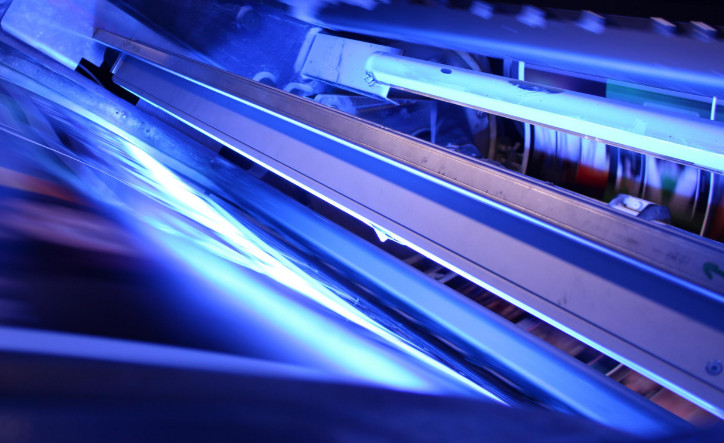
3. How UV Curing Works
Any UV curing system you will come across works through a simple process. Typically, UV curing uses light (instead of heat) through a photochemical reaction. Liquid oligomers and monomers are mixed with some photo-initiators before being exposed to UV energy. After a couple of seconds, the products to be cured (adhesives, coatings and/or inks) will harden instantly.
